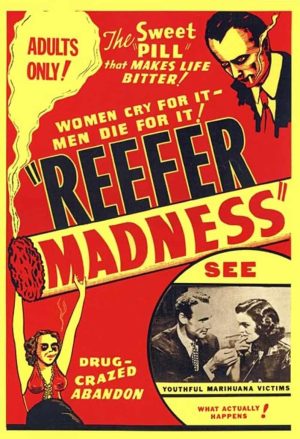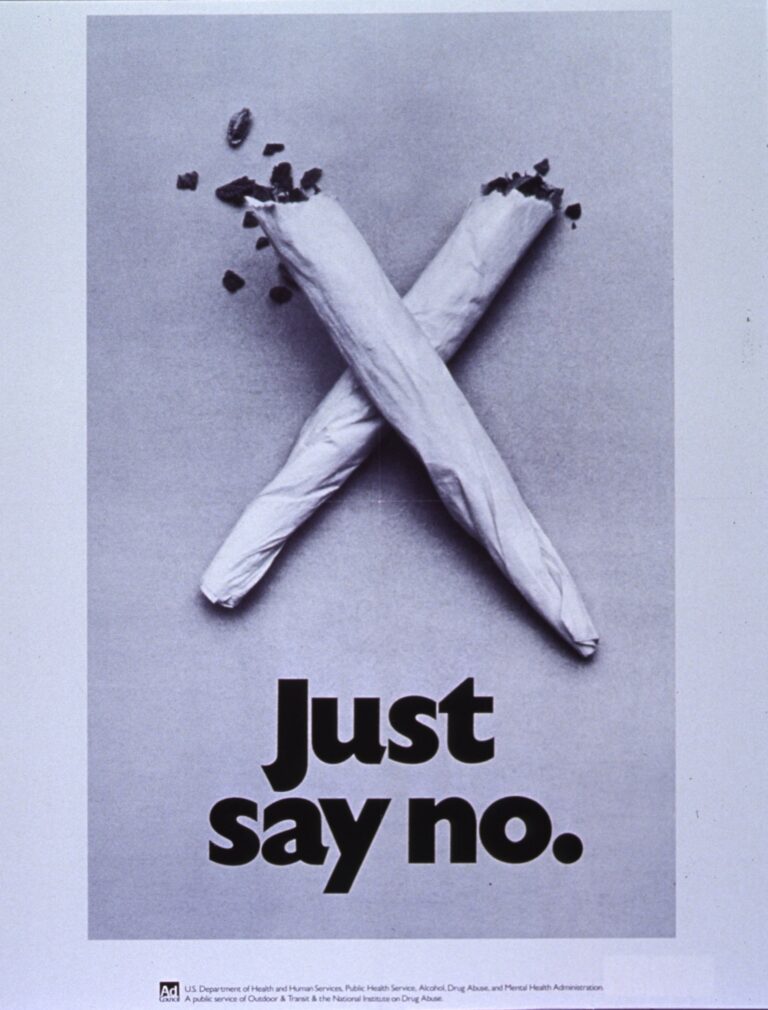
Ancient Roots in Africa (3000 BC - 1000 AD):
Did you know that the Mexican term ‘marijuana’ is linked to the word ‘mariamba’, which was used in Kimbundu, a trade language from West and Central Africa? “A Brief Agricultural history of Cannabis in Africa” by Chris Duvall shows that cannabis came to Africa around 1000 years ago, marking the plant’s official introduction to the continent. However, there are many signs that ancient Egyptians found several uses for the cannabis plant as many as 5,000 years ago. It wasn’t until around 1500 AD that the plant’s popularity started to grow and spread over Africa. Farmers were known to cultivate the plant under a variety of settings, and cannabis gardens have been documented in many African countries, including South Africa, Mozambique, and Angola.
Pipe smoking, a huge shift in cannabis consumption, originated in Africa around this time. Before this development, cannabis was often ingested orally in Asia, where the plant originated. “The History of Cannabis in Africa: True Tales of Oppression, Suppression and Exploitation” mentions that there were many different techniques to prepare the cannabis plant for smoking, but the most simple and popular method was to dry the flowers beforehand.
The introduction of pipe smoking in Africa led to a significant shift in the cultural and historical landscape of cannabis usage, which we see all over today. Modern techniques of cannabis consumption, such as water pipes, hookahs, and bongs, all trace their origins back to the single invention of pipe smoking, showing the impact African history has on today’s cannabis culture.

Arrival to the World Through African Slave Trade (1526 - 1867):
As the slave trade unfolded, cannabis was valued for its health effects, primarily as a stimulant and medicinal plant. A complex relationship with the plant began as slavers provided cannabis for slaves to smoke during forced marches to give them moments of relief in the painful, horrible journey.
A commercial trade where slaves transported cannabis shipments to the coast was also established during this time. Cannabis seeds were sown into the clothing worn on slave ships and were spread upon their arrival to the Americas, allowing the plant to travel across continents. Chris Duvall’s “The African Roots of Marijuana” mentions that these slaves “carried Cannabis indica to more locations and for a longer period of time than any other group of migrants.”
In the 16th century, slaves from various countries including Angola, brought cannabis seeds to Brazilian sugar plantations. Slave owners encouraged slaves to tend to their own cannabis plants in order to combat periods of ‘laziness’ and to increase productivity while they weren’t actively being forced to work.


The Jazz Era and Prohibition (1910- 1939) :
“Why, When, and How Marijuana Became Illegal” mentions how marijuana was utilized for various reasons for centuries in the Americas, but it wasn’t until the Prohibition Era (1920-1933), when alcohol was banned, that its recreational use really took off. Southern state governments began to regulate the cannabis plant around this time, claiming that its use had an impact on crime rates and that by banning cannabis, it would cause immigrants who brought the plant with them to leave. By 1931, recreational cannabis had become illegal in most of the United States, however it was still growing and thriving in the Jazz landscape.

The History Channel states that the 1910’s marked a golden age for African American culture– the Harlem Renaissance had begun and the American Dream was going strong. The Black community sought refuge in communal spaces where they could dance and hang out called juke joints. These places were a safe space for Black people to escape from their everyday racial struggles. This made it an ideal space to partake in drinking, dancing, and listening to their favorite Jazz musicians. Cannabis was utilized by many, many of these Jazz musicians who played in juke joints from 1920-1939 for its ability to help the creative process as they made music and to keep that flow going while they performed. The love for reefer (or cannabis) showed through the numerous songs that Jazz musicians dedicated to it.
Black Jazz musician Louis Armstrong is among the top artists of all time in the genre, and he took the music scene by storm with his transformation of Jazz music, including his song “Muggles”, a slang term for marijuana. Cab Calloway, the first African American to sell one million records, joined the ranks with a few releases mentioning marijuana during the 1930s and 1940s, including “Reefer Man” and “The Man From Harlem”. Despite segregation going strong, these songs were playing in many households across the country.
Due to its links to African Americans, jazz became known as “The Devil’s Music” and deemed to be demonic and immoral, sparking fear in those who believed the propaganda. “Reefer Madness”, a movie that made its debut in 1936, was just one of the campaigns to prove that marijuana brought nothing but trouble.

The War on Drugs (1971 - 1995) :

Harry Anslinger, director of the Federal Bureau of Narcotics, had done much work in the 1930s-1960s to link anti-cannabis rhetoric to an anti-Black mindset. He was quoted saying, “Satanic music, jazz and swing, results from marijuana use. This marijuana causes white women to seek sexual relations with Negroes, entertainers, and others.” According to “Racism and Its Effect on Cannabis Research” by Robert Solomon, Anslinger’s work to introduce marijuana reform with the 1937 Marijuana Tax Act set the stage for the Marijuana Controlled Substances Act of 1970. Signed by President Richard Nixon in 1970, this act categorized drugs from Schedule 1 to 5 based on the danger they pose (marijuana falls as a schedule 1 substance) and is still in place today.
In 1971, President Nixon declared the “War on Drugs” to combat drug abuse and increase government efforts to control it. According to PBS’ Marijuana Timeline, the initiative went into the background for a little while, until conservative groups lobbied for stricter policies and gained a lot of support from large organizations like the Drug Enforcement Administration (DEA). This did much in changing the public opinion of cannabis to a negative one. President Ronald Regain strengthened the initiative in 1981, when he signed the Anti-Drug Abuse Act.
PBS’ Marijuana Timeline goes on to mention that under the Anti-Drug Abuse Act, policy allowed for three infractions before life sentences were given. 100 marijuana plants was sentenced equal to 100 grams of heroin. Unfortunately, this led to a snowball effect as incarceration, especially of Black people, became much more emphasized than treatment due to governmental pushes and public fears of the crack epidemic rising.
According to the 1996 Crime in the United States (CIUS) Report, from 1980-1995, there was an 80% increase in the total number of arrests for the possession or sale of marijuana. In 1995, the proportion of Black people in total drug arrests increased from 24% in 1980 to 39% in 1995. On the other hand, White arrests decreased from 75% in 1980 to 60% in 1995. The distribution of other racial groups stayed relatively the same during this period.
The Present (2000 - Present) :
California became the first state to legalize recreational cannabis use for adults 21 and over in 2016. In the years since then, we’ve seen several states reform their cannabis policies, with Ohio becoming the most recent state to legalize recreational marijuana in 2023. As marijuana possession and use becomes legal across the United States, we reach a new climate as the public opinion on marijuana steadily changes.

According to The Pew Research Center, 85% of Black Americans now say at least the medical use of marijuana should be legal. Outrage ensued as Black track star Sha’Carri Richardson was unable to compete in the 2020 Tokyo Olympics after THC led to a failed drug test. The growing support for her and other users of cannabis can be attributed to several factors such as the widespread popularity of Hip Hop culture and its ties to marijuana, increased research and understanding of the plant, and the success of states adopting new legalization policies.
California became the first state to legalize recreational cannabis use for adults 21 and over in 2016. In the years since then, we’ve seen several states reform their cannabis policies, with Ohio becoming the most recent state to legalize recreational marijuana in 2023. As marijuana possession and use becomes legal across the United States, we reach a new climate as the public opinion on marijuana steadily changes.
According to The Pew Research Center, 85% of Black Americans now say at least the medical use of marijuana should be legal. Outrage ensued as Black track star Sha’Carri Richardson was unable to compete in the 2020 Tokyo Olympics after THC led to a failed drug test. The growing support for her and other users of cannabis can be attributed to several factors such as the widespread popularity of Hip Hop culture and its ties to marijuana, increased research and understanding of the plant, and the success of states adopting new legalization policies.
Mental health conversations have opened up and safe spaces are now ways to facilitate mental and physical self-care, many of which utilize cannabis to maintain this. A 2020 Statista survey showed that 27% of Black Americans aged 18-25 mentioned that they had used marijuana in the last month. The social aspect of cannabis remains strong as the shift from juke joints to Black nightclubs and bars gives a way to escape pressures of daily life and build community.
With that said, we still have much to do. The American Civil Liberties Union mentions that from 2001-2010, over 8.2 million people were arrested for simple marijuana possession. Of this number, Black people were around 4 times more likely to be arrested. Fortunately, programs like Last Prisoner Project, a nonprofit dedicated to reforming the criminal justice system and supporting those affected, are becoming more commonplace and pardons are being issued. With this information, we look toward a brighter future and are excited to see society form a healthy relationship with the plant that weaves a connection through Black history.
To learn more about the Last Prisoner Project, click here!